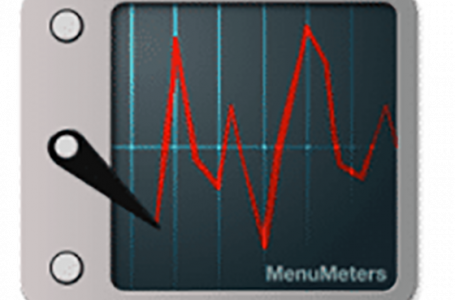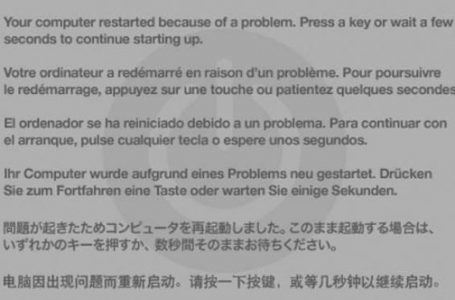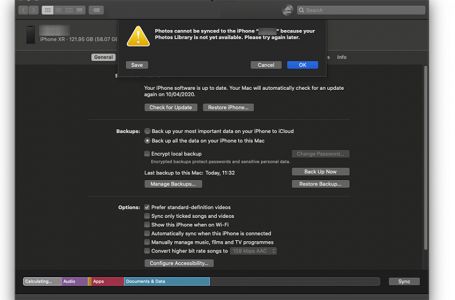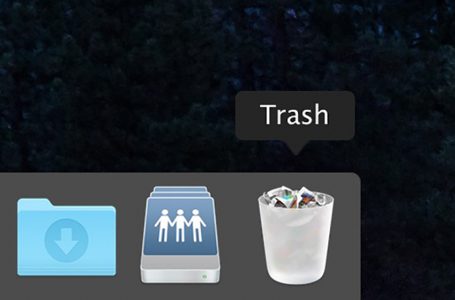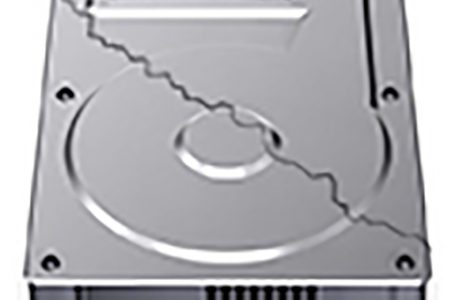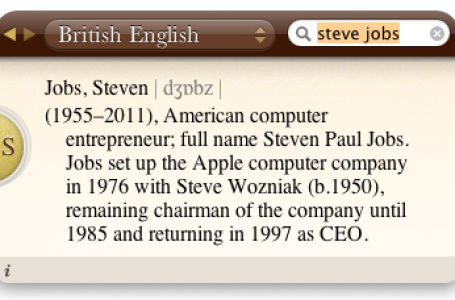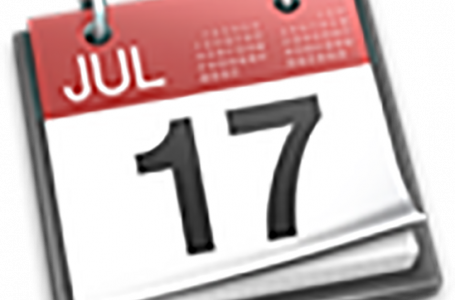Mac OS X Panther, Using Mac OS X’s Built-In FTP Client
By far the world’s most affordable FTP client to ship with any computer. Mac OS X comes built-in with its own FTP client. Most mac switchers accustomed to adding on new abilities to their Windows rigs, will react similarly even after switching to a mac. Few will know that scouring the Internet and downloading the latest FTP application is not necessary. Your FTP is right there, under your nose. In your mac!
“Here’s another tip for Li Yen from Singapore. Because you asked. We respond. More money toward your iPod Mini fund, find out how to use the Mac OS X integrated FTP Client!”
Mac OS X ships with an integrated FTP client that is not only able to browse LAN networks but also the Internet so there’s really no need to download another application to add to your already overfilling Dock.
Using Mac OS X FTP Client
To access the FTP Client go to your Finder menubar and click on ‘Connect To Server'(see Diagram above).
Key in your remote server’s IP address or ftp address. Lets say your domain name is ‘www.abc.com’, usually your ftp address is ‘ftp://ftp.abc.com'(see Diagram above). Once you’ve keyed in your remote server’s IP or ftp address, click ‘Connect’.
A window(see Diagram above) will open where you need to key in your username and password to access the remote sever. Click on the checkbox if you would like Mac OS X to store your username and password into your current user’s keychain, ie you won’t need to remember the username and password during future sessions.
If you’ve entered the correct IP or ftp address, followed by the correct username and password, your remote server should mount on your mac’s desktop akin to how an external hard drive or thumbdrive mounts to your mac. An icon representing your remote server will appear on your Desktop(Diagram 1.4) and in your Finder window(see Diagram above). Ejecting the remote server will disconnnect it. Whilst its mounted to your Desktop you are connected to the remote server and may transfer files as though it were part of your local hard drive by clicking and dragging files between your local hard drive and the remote drive.
Ejecting/Disconnecting Remote Server
To disconnect the remote server, you can either click on the eject icon in the Finder window or simply drag the remote server icon to the Trash Can in your Dock. Your Trash Can icon will change into an Eject icon as you drag your remote server icon towards it. This motion will not delete the remove drive, just eject/disconnect it from your mac.
** Remote servers should be disconnected when not in use to prevent abuse by hackers or accidental file loss.







